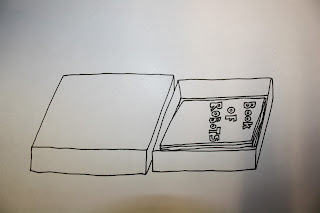Letter, Word, Sentence, Paragraph will break down the study of type into a systematic progression of typographic relationships using content, examples, interviews, and real-life inspiration. Denise Bosler LLC is currently soliciting submissions of typography-based work for this upcoming book being published by HOW books. Any design/art that has a typography focus is eligible. Posters, brochures, logos, stationery, annual reports, web sites, magazines, advertising, packaging, t-shirts, custom typography, custom fonts, you name it, we want it.
http://www.graphiccompetitions.com/graphic-design/typography-design-call-for-entries
This is the link to the full contest briefing. I've pasted some of the content to this post so i can refer back to it easily and check the criteria that they are looking for alongside the brief set for us.


















































